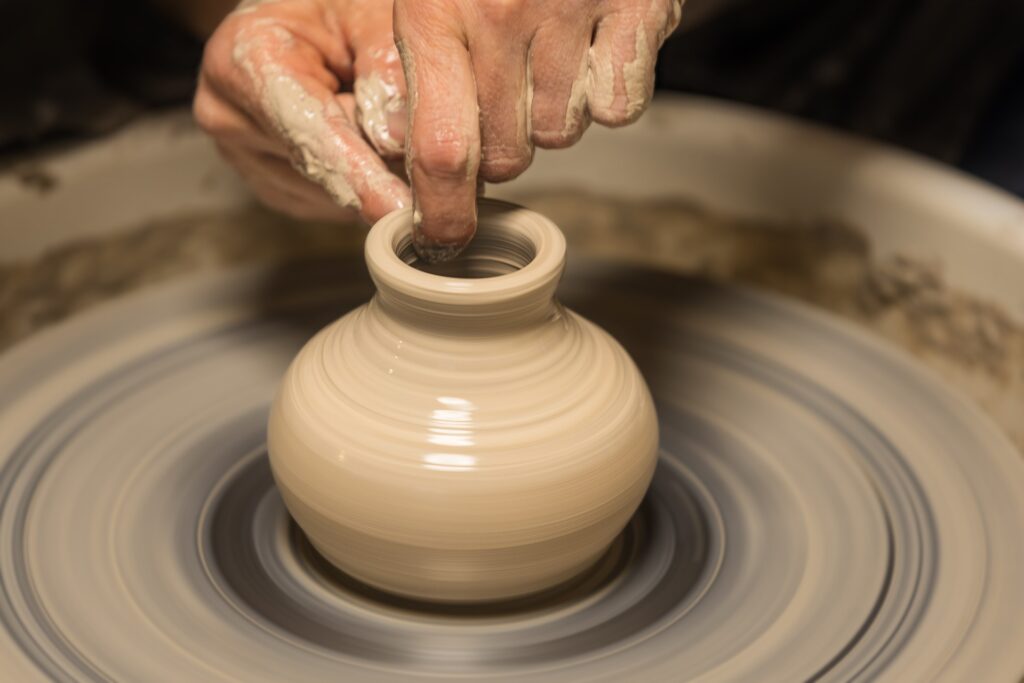Table of Contents
Master in Arts
MA stands for ‘Magister Artium,‘ which is Latin for ‘Master of Arts.’ Masters in Arts degrees are a popular choice. They are part of most modern higher education systems and are awarded by universities around the world.
If you are passionate about creativity, artistic expression, and innovation, then a Master’s in Arts is the right choice. A Master in art degree can enhance your critical thinking, creative skills, and specialized knowledge in a particular field. Obtaining this degree will be paramount in increasing your career opportunities.

The MA is taught as a postgraduate degree. It is offered in most areas of social sciences, Arts, and Humanities. Sometimes Business and Law fall within the academic realm of a Master of Arts as well.
A ‘Master in Arts’ is a level 7 qualification in the United Kingdom. It’s equivalent to MBA, MSc, MRes, and other postgraduate Master’s degrees.
In Canada and the US, the MA is also a postgraduate-level degree. Graduates study it as part of a more extended graduate program that eventually awards a Ph.D. or as a standalone qualification.
In this blog, we will discuss various aspects of the Master in Arts program. We will discuss benefits, the application process, career opportunities, and how to choose the right program.
What Are The Benefits of a Master in Arts Degree?
Flexibility in future education
A Master’s in Art is a popular subject of choice. It has a diverse range; It interlinks with many other subjects, including history, theology, music, etc. A degree in Arts can give you the flexibility to study several subjects. Education in the arts is a way to become a free thinker.
Provides critical thinking
The curriculum and content of the course are designed to enable you to think critically. It instills a problem-solving approach and trains you to provide innovative solutions. A degree in Master in Art will improve your research and analytical abilities.
Broaden career opportunities.
Apart from the improvement in your interpersonal skills, a master’s degree in Arts can increase your career opportunities.
Master in Arts graduates can become curators, archeologists, interior designers, financial planners, and writers. Many animation artists, political leaders, marketing directors, Academy Award winners, lawyers, poets, and stage managers are art graduates or have some art training.
More opportunities for specialization.
A master in Art program curriculum offers a wider range of specialization options than most other Master’s degree programs. A simple example is, if students are interested in History, They then will have multiple options to specialize in a specific era or region, such as the Renaissance or contemporary art.
What Are The Requirements For a Master in Arts?
Like all degree programs, the entry requirements for admission vary between institutions and countries. Students need to contact the respective program office for specific details.
- You will generally need an undergraduate degree to apply for a Master’s program. You may also need to meet specific prerequisites.
- Some art schools might require applicants to have studied art at an earlier stage of their education. Similarly, some fine arts programs will prefer to check a portfolio of your work.
- In some cases, You will need to take the Graduate Record Examination (GRE).
- Depending upon the institute, You might be asked to provide letters of recommendation.
- But in all cases, applicants will need to demonstrate a keen interest and passion for the subject and explain why they have chosen the specific course.
What are the different types of Master in Art Degrees?
Art is a very diverse field. It encompasses numerous disciplines; hence, the structure and course content will depend on the type of art degree you are studying. For example, fine arts degrees are likely to be more practical and taught in studios or workshops. In contrast, the history of an art degree is much more theory-based.
Specialization courses for Master in Arts
Options for Graduate Programs include Advertising, Animation, Architecture (M.Arch), Graphic Design, Illustration, Industrial Design, Computer Arts: New Media, Fashion, Fine Art, Interior Architecture and Design, Motion Pictures and Television Photography, and many more.
MA – Fine Arts
It is a creative degree granted in disciplines such as the visual, performing, and studio arts. MA Fine arts may include creative writing, graphic design, photography, filmmaking, theater, and painting. Assessment and study are both practical, culminating in significant work or performance.
MA – Political Science
A Master in Arts with a Political Science major gives people the skills to understand and explore the Constitution, legislation, and lawmaking and to navigate the complicated world of modern government effectively. Advanced coursework would allow students to gain the skills and knowledge to work in jobs ranging from being a political consultant, lawyer, lobbyist, diplomat, or foreign service officer, to even being an elected official.
MA – Mass Communication and Media Studies
It is for individuals interested in media and public opinion research. The specialization encompasses strategic communication, media research, communication policies, communication, diplomacy, writing for print media or shooting and editing television news, etc.
This specialization is ideal for students interested in various media work fields and news gathering, writing, and editing both in print and broadcasting.
MA – Cultural Studies
Cultural studies is a relatively broad term. A master’s in Arts and cultural studies program can have different sub-specializations. The course content would include reviews of seminal thinkers, essential forms of art, specific historical periods, or the culture of certain economic theories.
MA – Linguistics
Language studies can take on different forms at different schools. For example, some universities may allow scholars to study a specific language, while others may give students a broader understanding of linguistics. These programs usually provide participants with practical language training along with conceptual knowledge of theories and histories.
The core topics covered could include language studies research, culture studies, literature and society, language in society, second language teaching methodology, and other linguistics-related courses.
MA – Humanities
This kind of degree educates students about various aspects of society and culture. Humanities discipline includes subfields such as philosophy, literature, language, religion, art, and history.
Those who earn these degrees study rhetoric and logic and learn how to analyze and construct arguments. They may engage with a diverse variety of ideologies, ideas, and philosophies during their education.
These are some of the many programs offered under the MA.
How to choose the Right Masters in Arts degree?
Choosing the right Master in Art program is a crucial but important task. These are the things you need to know before you commit to the degree program.
Master in Arts candidates are often required to conduct research before completing their degree and present a thesis paper or dissertation. MA is considered a significant milestone in one’s career, demonstrating considerable additional expertise and training over and above an undergraduate degree.
Degree Focus
Consider the focus of a degree if it aligns with your interests. For example, in MA History and MA Cultural Sciences, what are your interests? And which of these aligns most with your career goals?
Curriculum
Go through the curriculum to get the best idea of what you will be getting into. Choose the program that offers you a wide range of courses that cover different aspects of your interests.
Location
Consider the location of your program and see if it is supportive of your career and goals. For example, if you want to study ancient civilizations, a modern city might not be the place for that. Look for the program that is located in the areas that have significant importance related to your study field. This will help you interact with the same environment you are studying in. It will also provide opportunities for internships and networking.
Institute and Faculty
Research the faculty of the program and what their areas of expertise are. Ideally, you should look for faculty members who have the same interests as you. This way you will have more guidance, mentorship, and access to specialized knowledge.
Funding
Considering the funding available for research is a great way to ensure that you will see the other end of your degree. Consider the program that offers funding support to graduates. It can be either scholarships, fellowships, or assistantships.
How long does it take to get a master’s in art degree?
Most master’s degrees require 1 – 2 years to complete. The cost of a master’s degree will depend on numerous factors. For example, tuition can vary from year to year, and financial aid availability often changes.
Career Prospects
Art graduates work for jobs and training in a wide variety of industries, such as media, marketing, public relations, design, photography, fashion, journalism, music, theater, fine art and illustration, education, and human resources.
Read Also: Bachelor in Arts




















